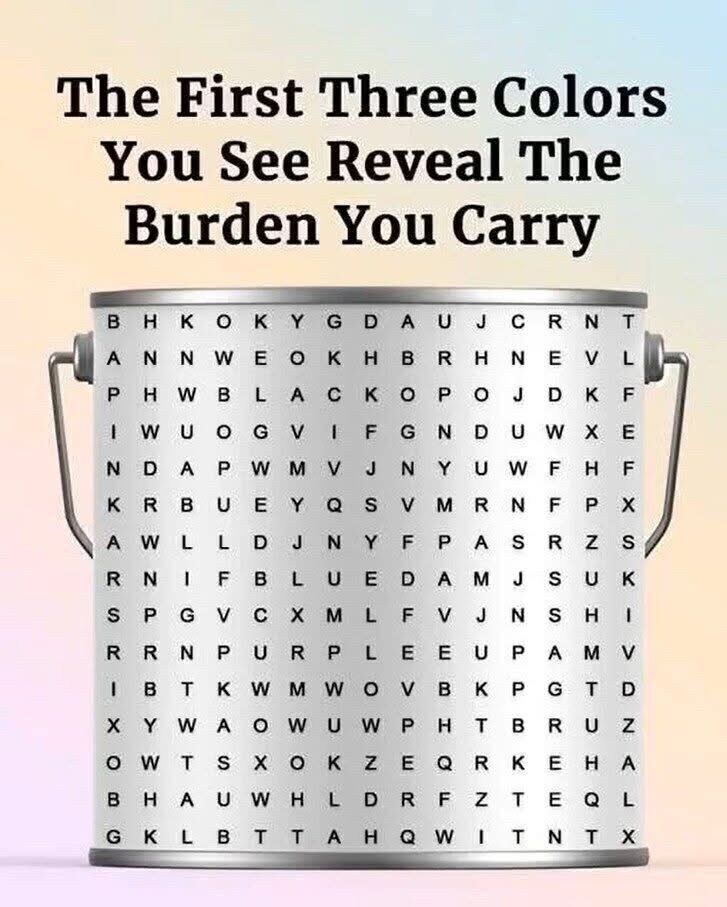Colors communicate in ways words cannot, touching emotions and memories we may not even realize are there. They bypass logic and reach the heart directly, stirring feelings that often remain unspoken. The shades we are drawn to are not random but small reflections of our inner state. Each choice we make, from clothes to surroundings, quietly mirrors our emotions. In this way, colors act as a subtle language of the soul.
Every color carries a spectrum of meaning that can shift depending on context. Red often represents passion, strength, and vitality, yet it can also suggest restlessness. Blue speaks of calm, peace, and clarity, but at times may reveal a need for reflection or distance. Purple is linked to growth, transformation, and spiritual healing, often appearing in moments of change. These shades hold messages that go beyond the surface.
Our preferences are shaped by both biology and culture, creating a rich tapestry of meaning. On a biological level, colors influence parts of the brain connected to mood and memory, triggering responses before we even think. Culturally, colors hold layered symbolism: white may mean purity in one tradition, while in another it represents farewell or transition. This blend of science and culture turns colors into a shared, yet deeply personal language.
When we notice the colors we choose or feel drawn to, we learn more about ourselves. They can reveal what we long for, what we resist, or what we need most. By paying attention, we gain gentle insight into our emotions without ever speaking a word. Colors are more than visual—they are reminders, guides, and quiet storytellers along life’s path. In their presence, we find both expression and meaning.
